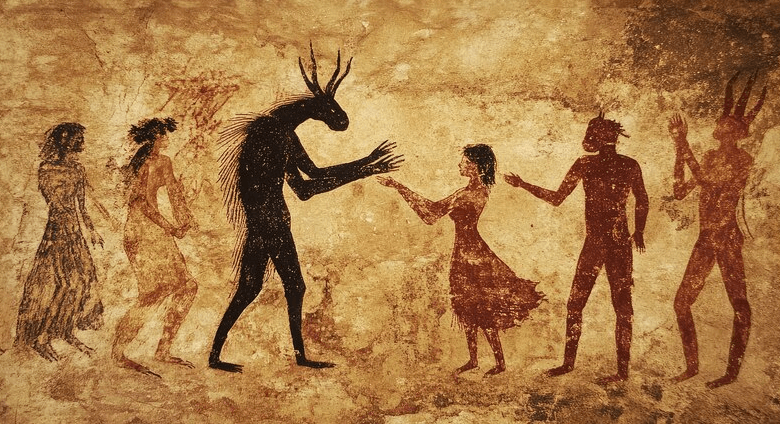Historical Perspectives in Art: From Prehistory to the Gothic Period Pdf Download

The Historical Perspectives in Art: From Prehistory to the Gothic Period Pdf Download reveals not only the evolution of aesthetic techniques but also the intricate relationship between artistic expression and cultural identity. This discourse invites an examination of how early cave paintings laid the groundwork for complex civilizations, where art became a vessel for spiritual and communal narratives. As we progress through ancient civilizations and into the architectural marvels of the Gothic era, one must consider the underlying societal values that shaped these artistic movements. What insights might emerge from this historical continuum?
Prehistoric Art and Expression
Although the precise motivations behind prehistoric art remain largely speculative, the expressions captured in cave paintings, carvings, and sculptures provide invaluable insights into the cognitive and social frameworks of early human societies.
These artworks, often intertwined with ritual artifacts, reveal the spiritual and communal practices of the time, reflecting a deep connection to their environment and signaling the emergence of complex human thought and expression.
Ancient Civilizations and Their Art
Throughout history, ancient civilizations have utilized art as a powerful medium for communication, identity, and cultural expression.
Their artworks, employing ancient techniques, often carried profound cultural symbolism, reflecting societal values and beliefs.
From the intricate carvings of Mesopotamia to the vibrant frescoes of Mesoamerica, these artistic legacies resonate with the complexities of human experience, revealing the interconnectedness of creativity and civilization.
Read Also Cute:285-Gpgb-Fs= Shigaraki
The Influence of Religion on Art
Art has long been intertwined with the spiritual beliefs and practices of various cultures, serving as a conduit for religious expression and identity.
Through the lens of spiritual symbolism and religious iconography, artistic works encapsulate divine narratives, transcending mere aesthetics.
This intricate relationship highlights how art not only reflects but also shapes the spiritual landscape, offering insights into the values and beliefs of societies throughout history.
The Rise of Gothic Architecture
Emerging in the 12th century and flourishing until the 16th century, Gothic architecture marked a significant departure from the preceding Romanesque style, characterized by its grandiose scale and intricate detailing.
The rise of gothic cathedrals exemplified architectural innovations such as flying buttresses and ribbed vaults, allowing for soaring heights and expansive stained glass, ultimately reflecting a profound spiritual aspiration and communal identity.
Conclusion
The Historical Perspectives in Art: From Prehistory to the Gothic Period Pdf Download, from the enigmatic whispers of prehistoric cave paintings to the soaring aspirations of Gothic architecture, reveals a rich tapestry woven with threads of societal values and spiritual beliefs. Each artistic form serves as a mirror, reflecting the complexities of human experience and communal identity. This exploration underscores the notion that art, in its myriad expressions, transcends mere aesthetics, embodying the essence of civilization’s evolution and its enduring legacy.




